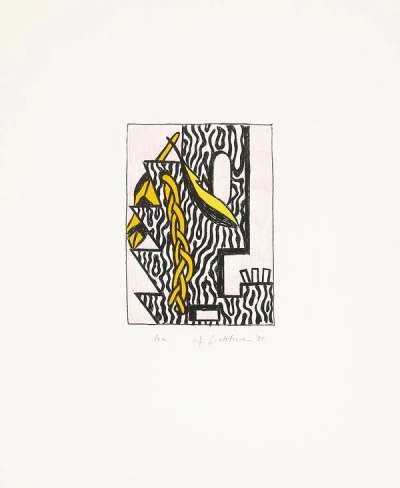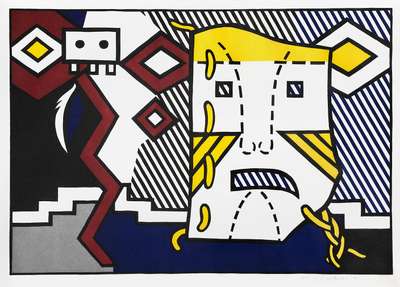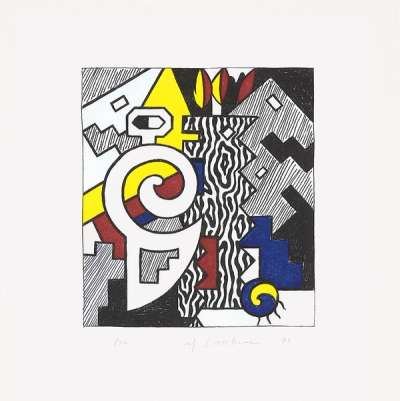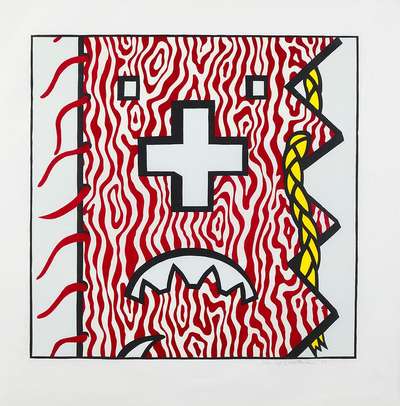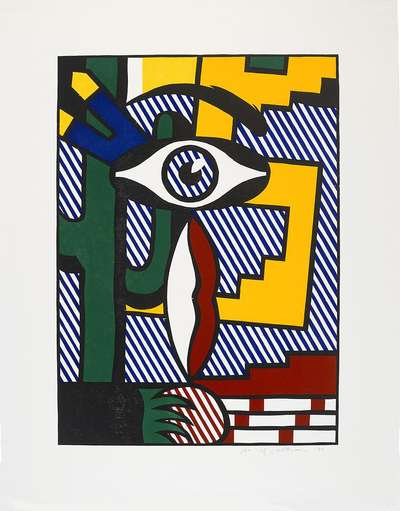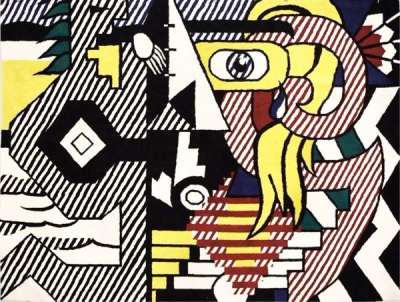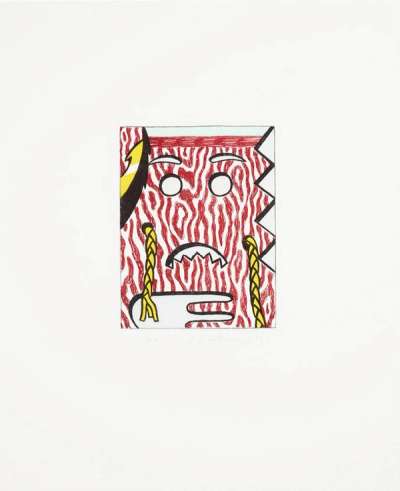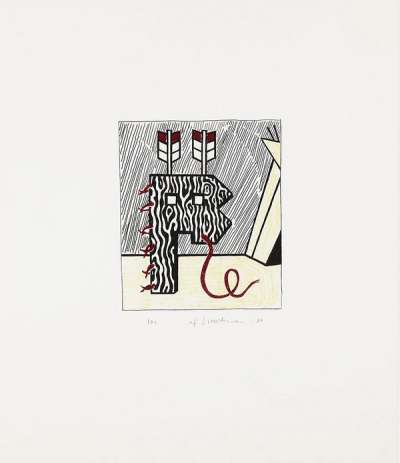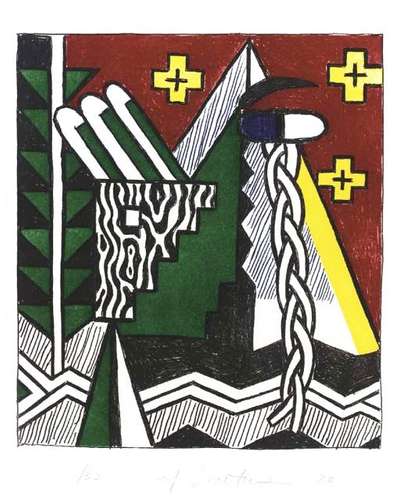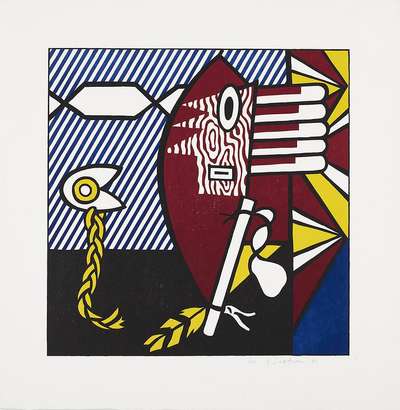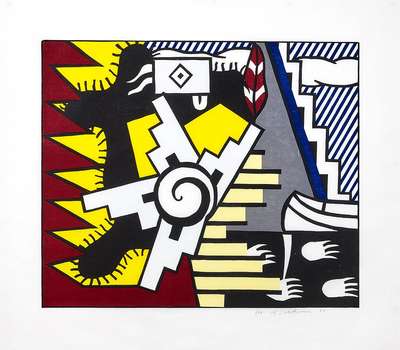
Night Scene
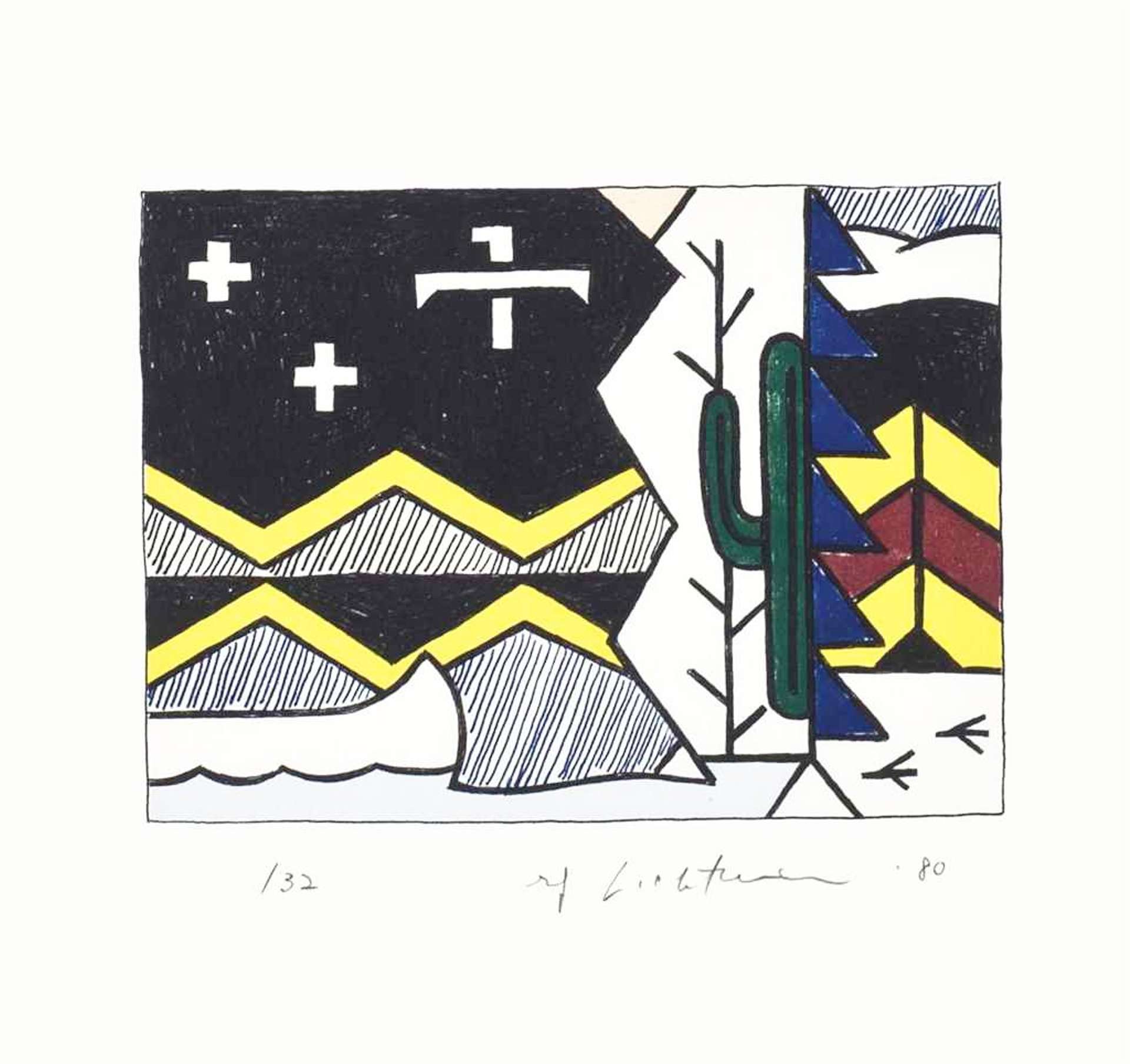
Night Scene
Signed Print
Roy Lichtenstein
£7,000-£10,000
$13,500-$19,000 Value Indicator
$12,000-$17,000 Value Indicator
¥60,000-¥90,000 Value Indicator
€8,000-€11,500 Value Indicator
$70,000-$100,000 Value Indicator
¥1,340,000-¥1,910,000 Value Indicator
$9,000-$12,500 Value Indicator
AAGR (5 years) This estimate blends recent public auction records with our own private sale data and network demand.
There aren't enough data points on this work for a comprehensive result. Please speak to a specialist by making an enquiry.
Medium: Intaglio
Edition size: 32
Year: 1980
Size: H 18cm x W 24cm
Signed: Yes
Format: Signed Print
MyPortfolio
Your collection tracked in real time.
Build your portfolio, manage valuations, view return against your collection and watch works you're looking for.
Track auction value trend
Auction Results
| Auction Date | Auction House | Artwork | Hammer Price | Return to Seller | Buyer Paid |
|---|---|---|---|---|---|
| October 2023 | Rago Arts and Auction Center - United States | Night Scene - Signed Print | |||
| March 2023 | Sotheby's New York - United States | Night Scene - Signed Print | |||
| January 2022 | Leland Little Auction & Estate Sales - United States | Night Scene - Signed Print | |||
| February 2018 | Christie's New York - United States | Night Scene - Signed Print | |||
| April 2016 | Christie's New York - United States | Night Scene - Signed Print |
Meaning & Analysis
Roy Lichtenstein’s revision of the romanticised representation of Native American culture first began with his cubist style paintings of the 1950s. Expanding the core of his initial works, the 1980s American Indian Themeseries allows Lichtenstein’s pop vocabulary to take the lead. All tribal designs are in this printed sequence mixed together to highlight clichés about Native Americans.
Lichtenstein’s Night Scene was executed in 1980 and belongs to the aforementioned American Indian Theme series. In this work, the artist fully abstracts his chosen indegenous artefacts from their original contexts. He then proceeds by rendering the three dimensional objects and decorative motifs into simplified cartoon versions of themselves.
Lichtenstein places the compressed figures of Night Scene in the midst of saturated colours and stylised geometric patterns. The print depicts flattened illustrations of a canoe, a cactus and a teepee. The shapes on the left are set on a dark backdrop composed of a ragged black and yellow night sky, while the right-hand side of the composition plays in bright yellow, red and deep blue.
In Night Scene, the abstracted forms are enabled to communicate their own narratives, while keeping with the conditioned history of indigenous representation. By showing exactly what the viewer expects to see, Lichtenstein’s American Indian Theme seriesconstitutes a form of cultural commentary.
